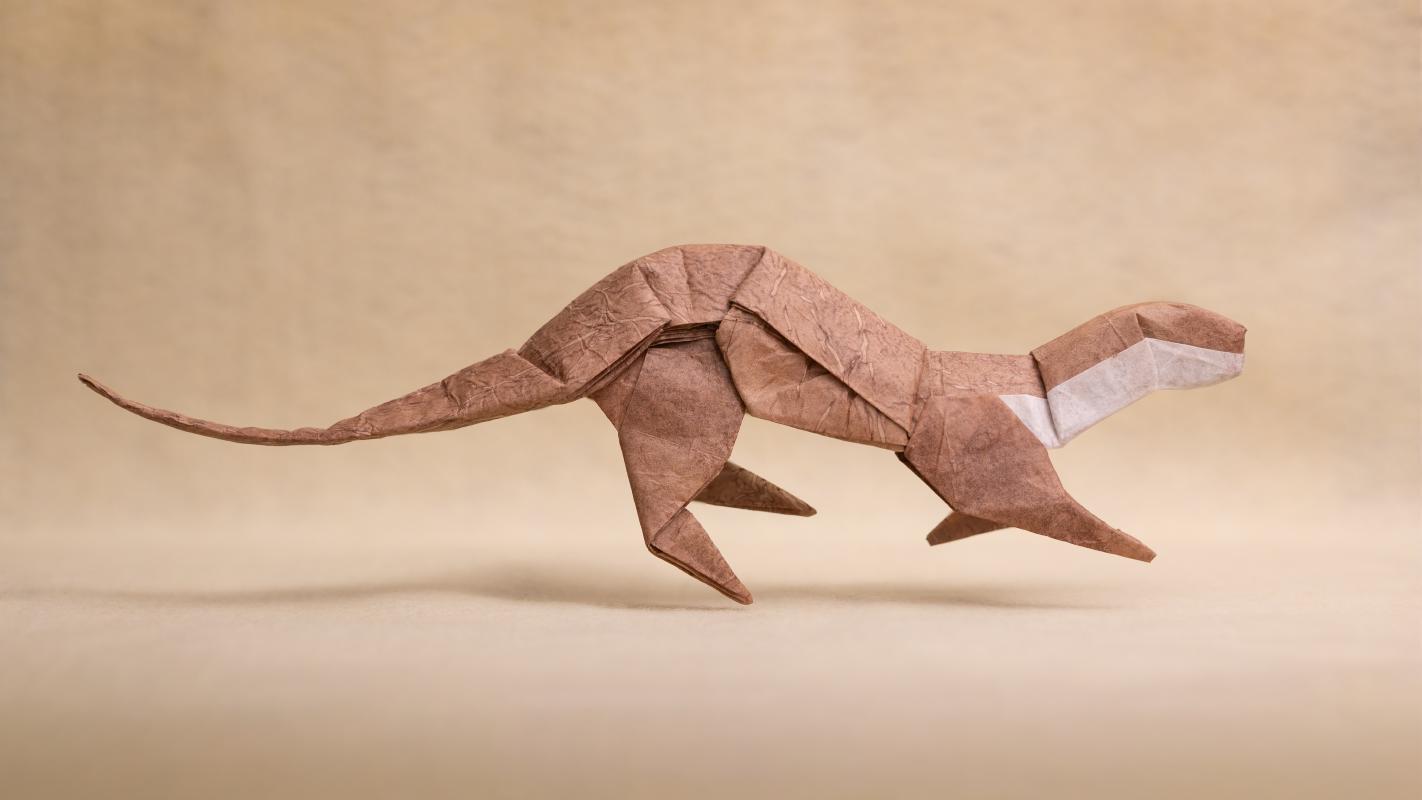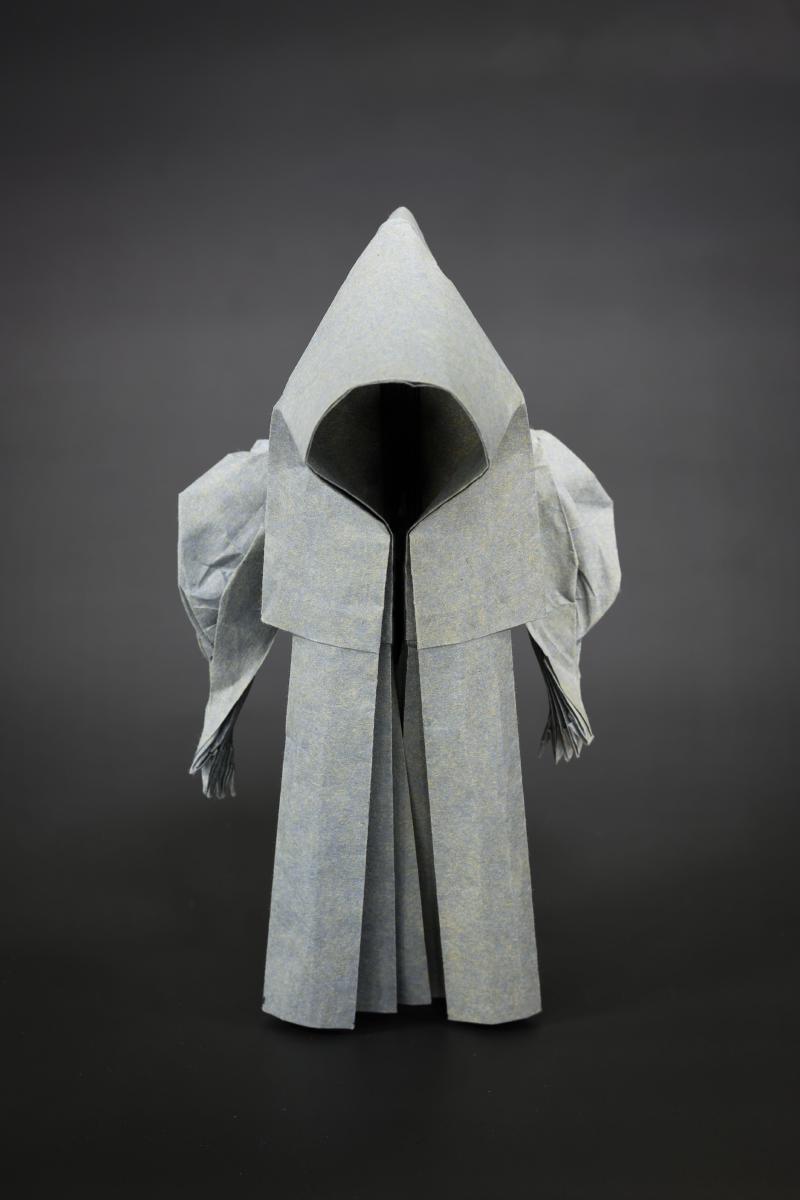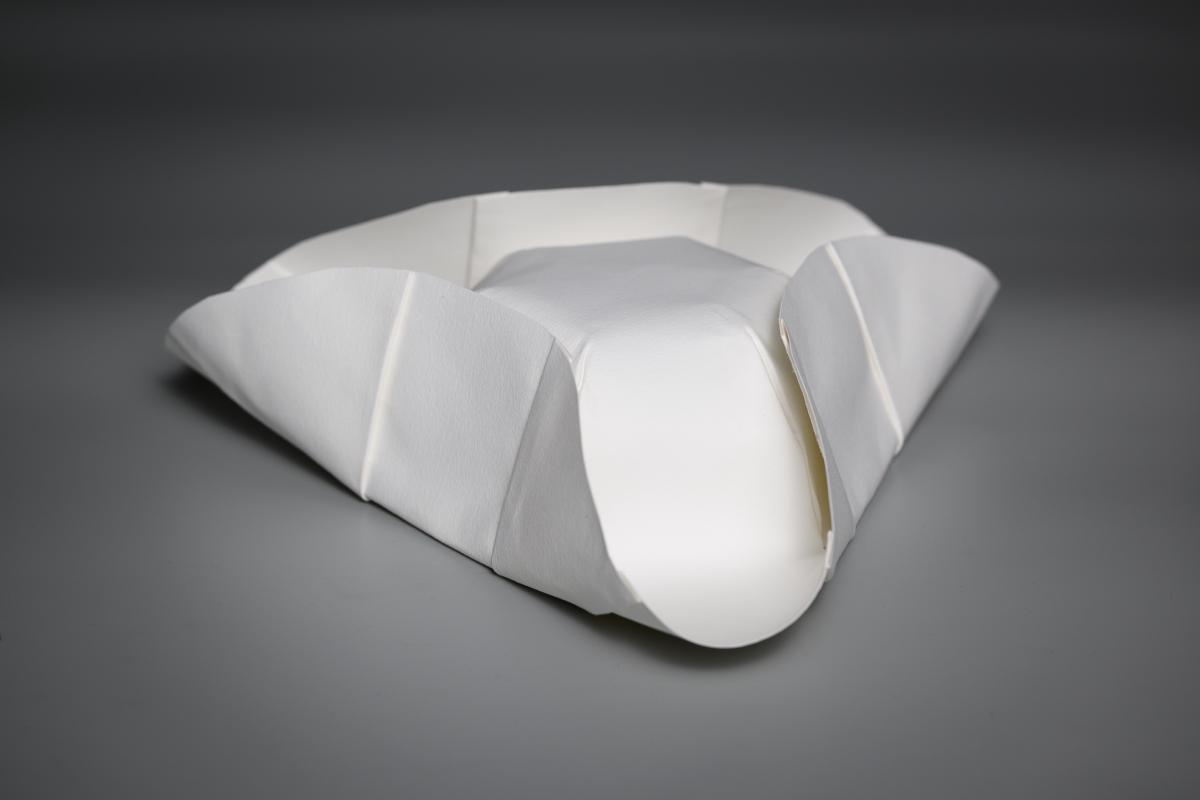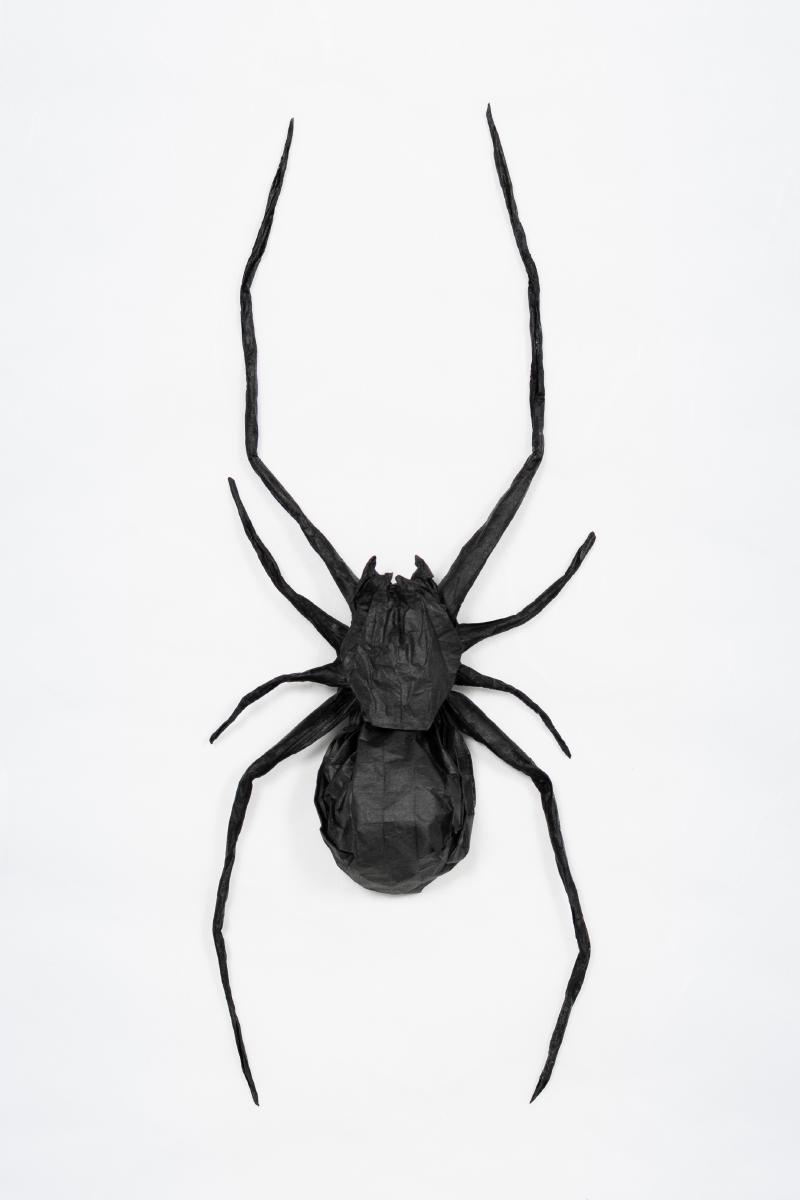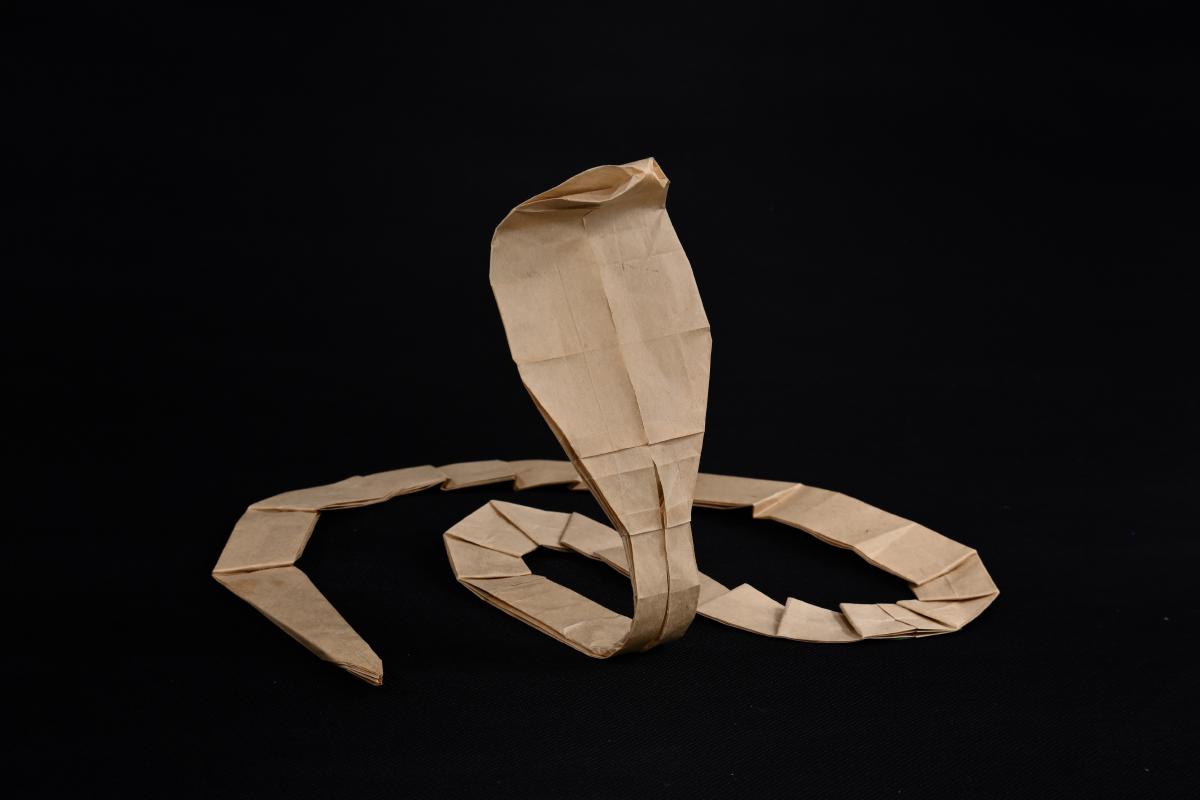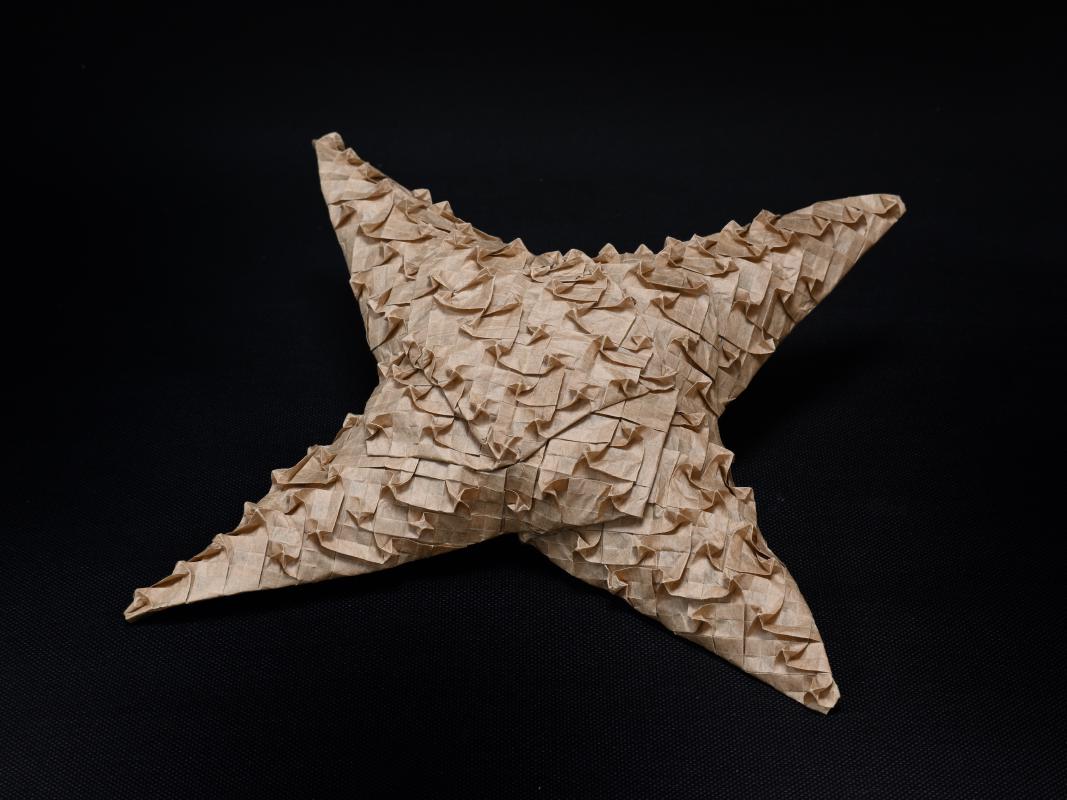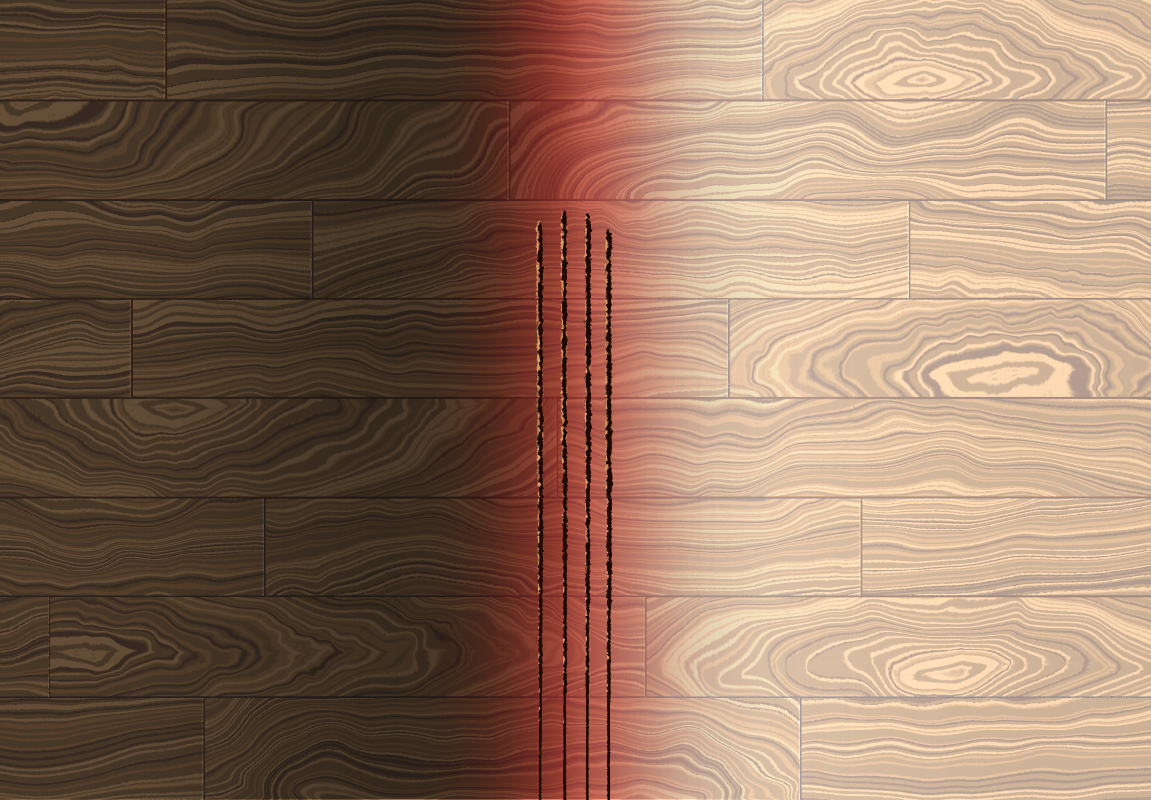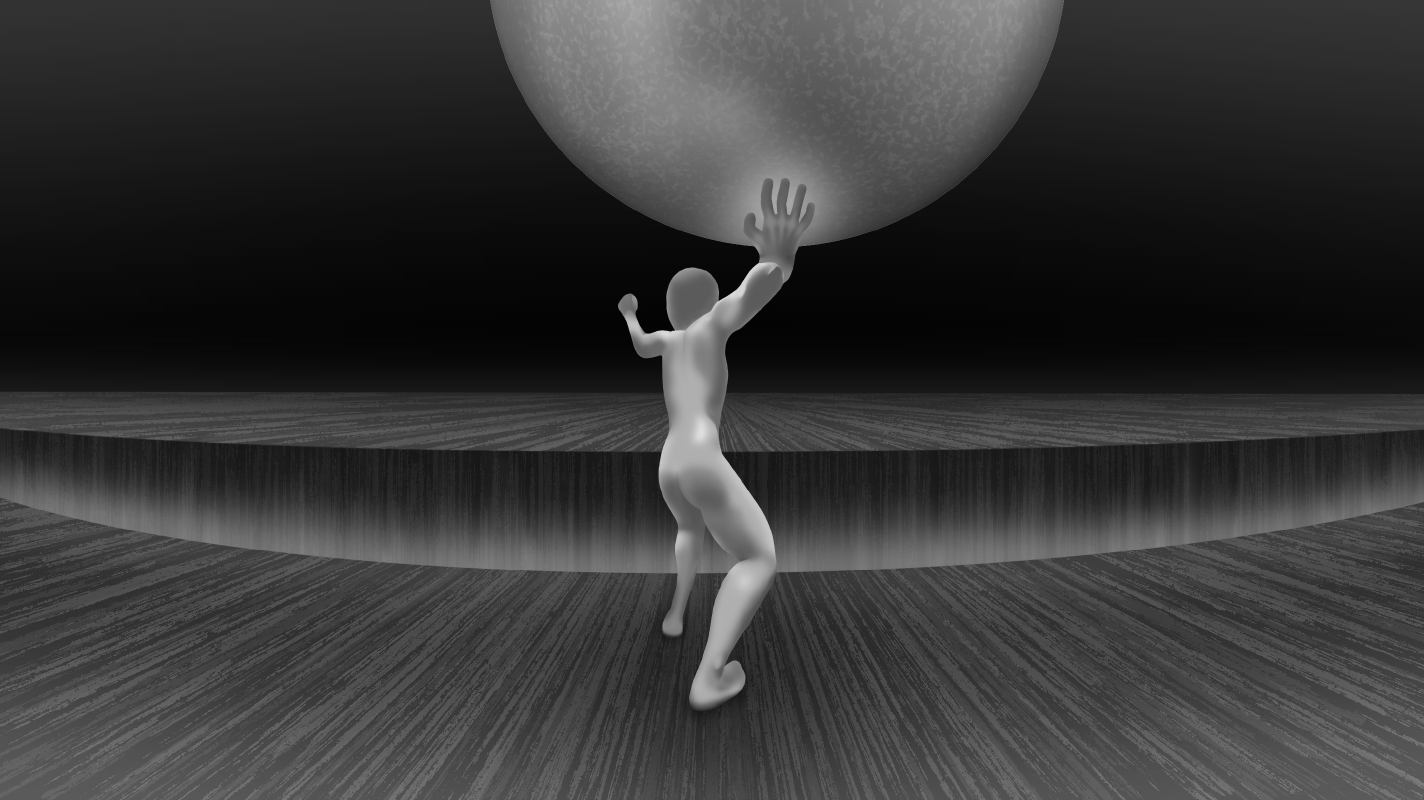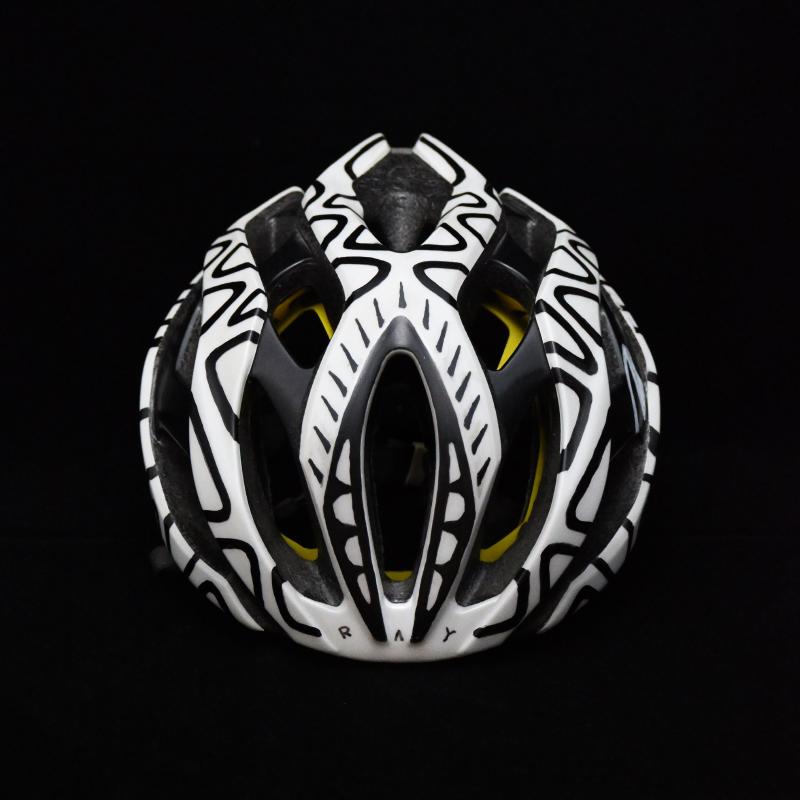Dec. 26, 2024
I found that by embedding a pattern on the surface while treating the paper with methyl cellulose, the pattern stays even after drying. This could be useful for transferring origami pattern to paper.
It’s kind of like drawing a pattern directly on the paper, but without the risk of tearing thin sheets due to friction.
It’s just 3 simple steps:
- Engrave the pattern onto a cutting mat, …
Dec. 20, 2024
As origami evolves, the patterns get more and more complex, and precision becomes crucial. But how do we accurately transfer these designs onto paper?
There are a few common methods:
- Folding: This involves using geometry to achieve specific ratios or using a grid system. It’s considered the “purest” approach since origami is all about folding. However, it’s quite tricky to …
Apr. 16, 2024
In The Three-Body Problem by Liu Cixin, one of the most imaginative and haunting ideas is the dual-vector foil, a hypothetical weapon that collapses three-dimensional space into two dimensions. When activated in the solar system, the author describes the resulting 2D space as resembling The Starry Night by Vincent van Gogh—beautiful, surreal, and terrifying.
This concept invites serious thought …
Nov. 2, 2021
I’ve been reading a book called What Are You Looking At?: 150 Years of Modern Art in the Blink of an Eye, and one particular fact from the book struck me: academism places a strong emphasis on the technical skills, but modernism shifts the focus to ideas and concepts. This really got me thinking.
As a child, I loved painting. I would spend hours immersed in my own little world, completely …
